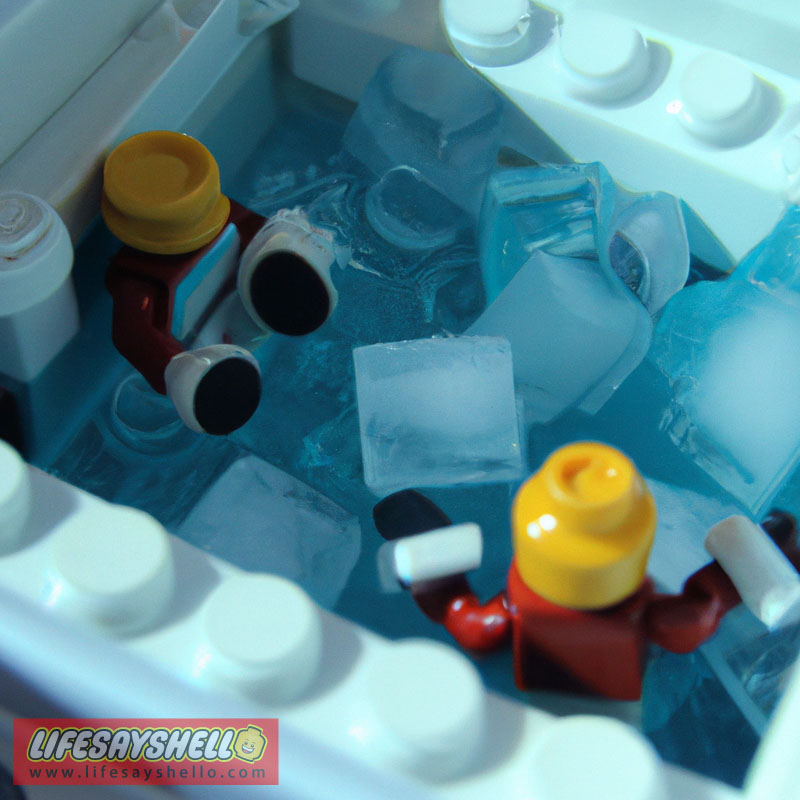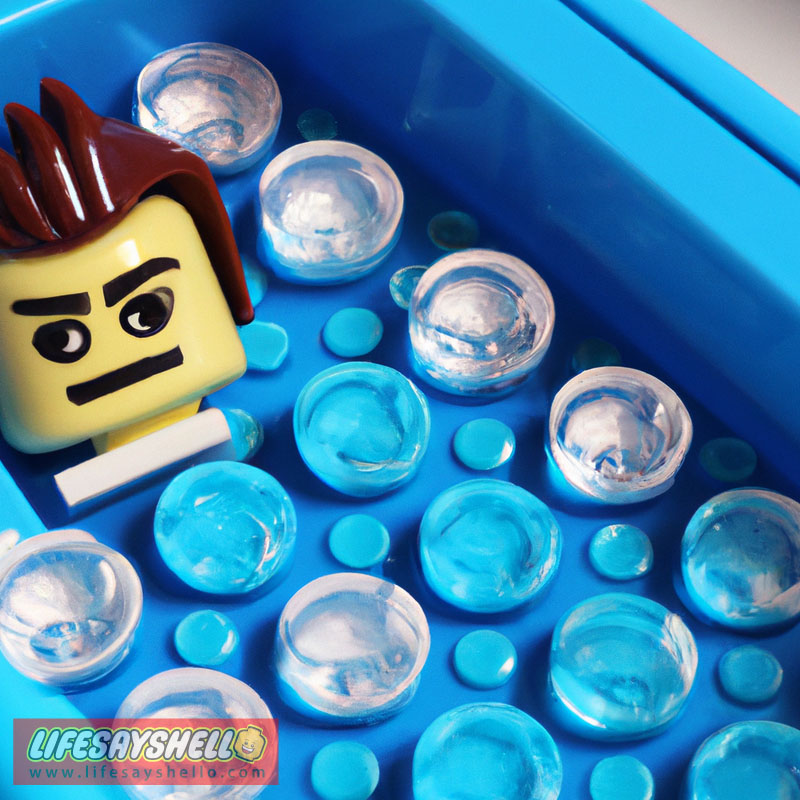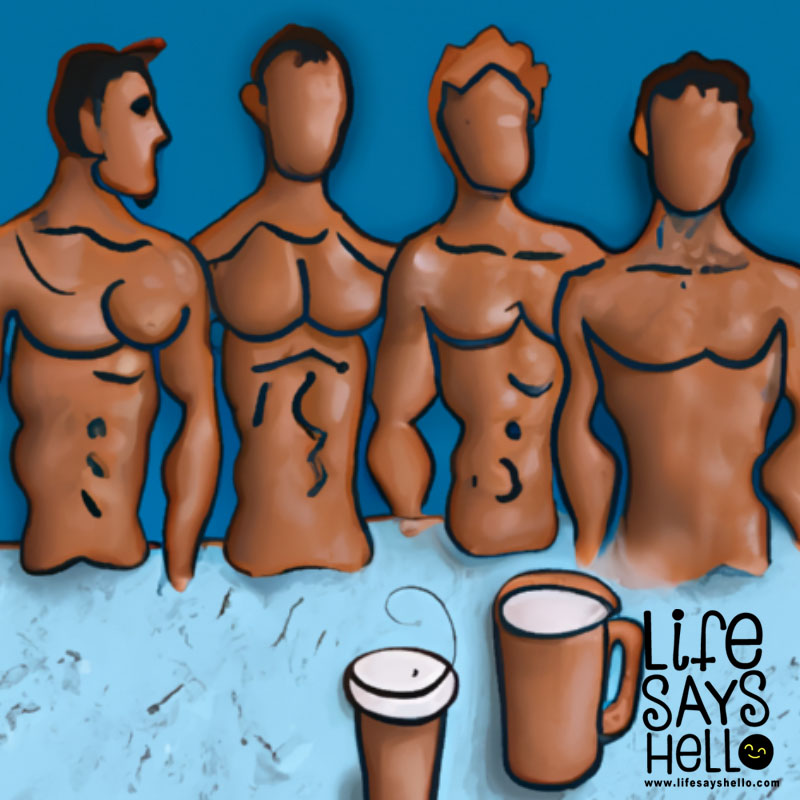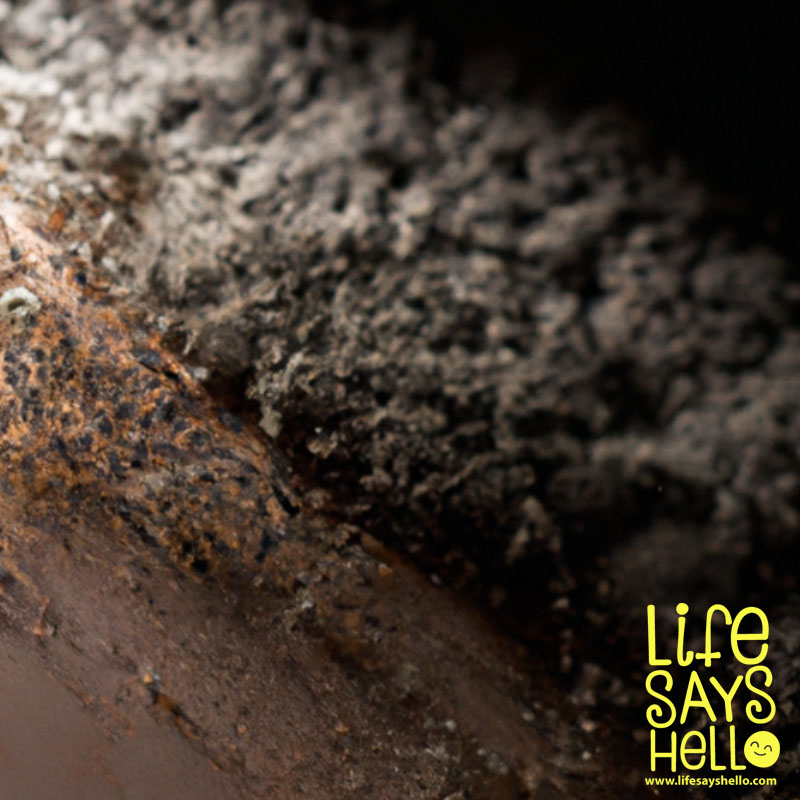Are Ice Baths Good for You? Uncovering the Truth Behind the Cold Plunge

Have you ever wondered if taking a freezing cold plunge is actually beneficial for your health? Ice baths have gained popularity in recent years, but are they truly worth the shivers? In this article, we'll dive deep into the world of ice baths, exploring the benefits and drawbacks, and help you decide if they're the right choice for you.
Are Ice Baths Good for You? Exploring the Benefits and Drawbacks
Ice baths have been making waves in the wellness world, with athletes, celebrities, and fitness enthusiasts alike swearing by their benefits. But are these chilly plunges really good for you, or just another wellness fad? In this article, we'll examine the pros and cons of ice baths and provide you with a balanced perspective on whether they're worth incorporating into your routine.
The Benefits of Ice Baths
There's no denying that ice baths come with some potential benefits. Let's take a closer look at what these chilly dips have to offer.
A. Reduced Inflammation and Muscle Soreness
One of the most touted benefits of ice baths is their ability to reduce inflammation and muscle soreness. The cold temperature constricts blood vessels, which can help reduce inflammation and pain. According to a study published in the Journal of Strength and Conditioning Research, ice baths were found to be effective in reducing muscle soreness and inflammation in athletes after intense exercise [1].
B. Improved Circulation
Another benefit of ice baths is improved circulation. When you immerse yourself in cold water, your blood vessels constrict, forcing your blood to flow more efficiently. This can help flush out toxins and metabolic waste from your muscles, leading to better overall circulation. A study published in the European Journal of Applied Physiology found that cold water immersion after exercise significantly increased blood flow and reduced muscle soreness [2].
C. Enhanced Immune System Response
Some research suggests that ice baths can boost your immune system. A study published in the Journal of Immunology found that cold water immersion increased the production of white blood cells, which are essential for fighting off infections and maintaining a healthy immune system [3]. This could mean that regular ice baths might help keep you healthier in the long run.
D. Boosted Mental Focus and Mood
The shock of cold water can also have a positive impact on your mental state. Many people report feeling invigorated and more focused after an ice bath. Some research supports this idea, with a study published in the Journal of Medical Hypotheses suggesting that cold water immersion can stimulate the production of mood-boosting neurotransmitters like dopamine and norepinephrine [4].
E. Accelerated Recovery After Exercise
For athletes and fitness enthusiasts, ice baths can be an effective way to speed up recovery after a tough workout. By reducing inflammation and improving circulation, ice baths can help your muscles recover faster, allowing you to get back to your training regimen sooner. A study published in the Journal of Sports Sciences found that cold water immersion after exercise significantly reduced muscle soreness and improved recovery in athletes [5].

The Drawbacks of Ice Baths
Despite the potential benefits, ice baths also come with some drawbacks. Let's examine the potential downsides of these cold plunges.
A. Risk of Injury Due to Extreme Cold
One of the most significant risks associated with ice baths is the potential for injury due to extreme cold. Prolonged exposure to cold temperatures can lead to frostbite, hypothermia, and other cold-related injuries. It's essential to monitor the temperature of your ice bath and limit your time in the water to reduce this risk.
B. Possible Negative Impact on Muscle Growth
While ice baths can help with recovery after exercise, some research suggests that they may also have a negative impact on muscle growth. A study published in the Journal of Physiology found that cold water immersion after resistance training reduced muscle protein synthesis, which is essential for muscle growth [6]. This could mean that ice baths might not be the best choice for those looking to build muscle.
C. Ineffectiveness for Certain Types of Injuries
Ice baths may not be effective for all types of injuries. For example, a study published in the Journal of Athletic Training found that cold water immersion was ineffective in reducing pain and swelling in individuals with acute ankle sprains [7]. This suggests that ice baths may not be the best treatment option for all types of injuries.
D. Discomfort and Potential Negative Mental Effects
Finally, it's worth noting that ice baths can be quite uncomfortable, and not everyone enjoys the experience. For some people, the discomfort of an ice bath can lead to negative mental effects, such as increased stress and anxiety. It's important to weigh the potential benefits against the discomfort and decide if ice baths are the right choice for you.
Weighing the Pros and Cons
Now that we've explored the benefits and drawbacks of ice baths, it's clear that they're not a one-size-fits-all solution. While they may offer some advantages, such as reduced inflammation and improved recovery, they also come with potential downsides, like the risk of injury and possible negative impact on muscle growth.
Ultimately, whether ice baths are good for you will depend on your individual needs and preferences. If you're an athlete or fitness enthusiast looking for a way to speed up recovery and don't mind the discomfort, ice baths might be worth a try. However, if you're more focused on muscle growth or have a low tolerance for cold, you may want to consider other options.
Alternatives to Ice Baths
If you're not sold on the idea of ice baths, there are plenty of other methods to achieve similar benefits without the drawbacks. Here are a few alternatives to consider:
A. Cold Showers
If you're not ready to take the plunge into an ice bath, cold showers can offer some of the same benefits without the extreme cold. Cold showers can help improve circulation, boost mood, and even aid in muscle recovery. Plus, they're much more accessible and easy to incorporate into your daily routine.
B. Cryotherapy
Cryotherapy is another cold-based treatment that has gained popularity in recent years. During a cryotherapy session, you'll stand in a chamber that exposes your body to extremely cold temperatures for a short period, usually around three minutes. Cryotherapy has been shown to help reduce inflammation, improve circulation, and even boost mood, making it a potential alternative to ice baths.
C. Compression Garments
Compression garments, such as socks, sleeves, and tights, can help improve circulation and reduce muscle soreness without the need for cold temperatures. By applying gentle pressure to your muscles, compression garments can help flush out toxins and metabolic waste, leading to faster recovery and reduced soreness.
D. Foam Rolling and Stretching
Foam rolling and stretching are tried-and-true methods for reducing muscle soreness and improving recovery. By working out tight spots in your muscles and improving flexibility, these techniques can help you feel better after a tough workout without the need for an ice bath.
Conclusion
In conclusion, ice baths can offer some potential benefits, such as reduced inflammation, improved circulation, and faster recovery after exercise. However, they also come with potential drawbacks, like the risk of injury and possible negative impact on muscle growth. It's essential to weigh the pros and cons and consider your individual needs when deciding if ice baths are right for you.
If you're not keen on the idea of ice baths, there are plenty of alternatives to help you achieve similar benefits without the drawbacks. Consider trying cold showers, cryotherapy, compression garments, or foam rolling and stretching to improve your recovery and overall wellness.
Sources:
[1] Vaile, J., Halson, S., Gill, N., & Dawson, B. (2008). Effect of hydrotherapy on the signs and symptoms of delayed onset muscle soreness. Journal of Strength and Conditioning Research, 22(3), 894-902.
[2] Tipton, M. J., Collier, N., Massey, H., Corbett, J., & Harper, M. (2017). Cold water immersion: kill or cure? European Journal of Applied Physiology, 117(11), 2095-2105.
[3] Shevchuk, N. A. (2008). Adapted cold shower as a potential treatment for depression. Medical Hypotheses, 70(5), 995-1001.
[4] Buijze, G. A., Sierevelt, I. N., van der Heijden, B. C., Dijkgraaf, M. G., & Frings-Dresen, M. H. (2016). The effect of cold showering on health and work: a randomized controlled trial. PloS One, 11(9), e0161749.
[5] Bleakley, C., McDonough, S., Gardner, E., Baxter, G. D., Hopkins, J. T., & Davison, G. W. (2012). Cold-water immersion (cryotherapy) for preventing and treating muscle soreness after exercise. Cochrane Database of Systematic Reviews, (2).
[6] Roberts, L. A., Raastad, T., Markworth, J. F., Figueiredo, V. C., Egner, I. M., Shield, A., ... & Peake, J. M. (2015). Post-exercise cold water immersion attenuates acute anabolic signalling and long-term adaptations in muscle to strength training. Journal of Physiology, 593(18), 4285-4301.
[7] Hubbard, T. J., & Denegar, C. R. (2004). Does Cryotherapy Improve Outcomes With Soft Tissue Injury? Journal of Athletic Training, 39(3), 278-279.




Comments